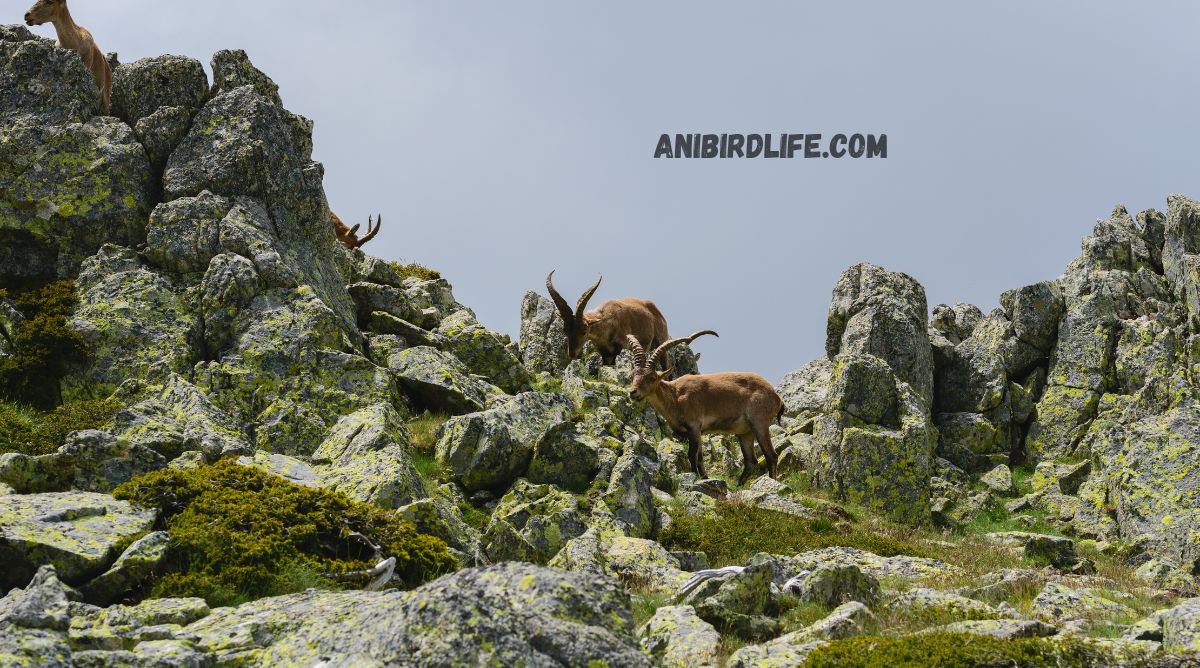The Wildlife mountain ranges are some of the most breathtaking and challenging environments on Earth. With their towering peaks, thin air, and extreme weather conditions, these high-altitude regions are home to some of the most resilient and fascinating wildlife.From the snow-capped Himalayas to the rugged Rockies, mountain ecosystems host a unique array of animals that have adapted to thrive in these harsh conditions.
In this article, we’ll explore the incredible wildlife of the mountains and discover how these amazing animals survive and flourish at high altitudes.
1. The Snow Leopard: Ghost of the Mountains
The elusive snow leopard is one of the most iconic animals of high-altitude regions. Found in the mountain ranges of Central and South Asia, this majestic big cat is perfectly adapted to life in the cold, rugged terrain. With its thick fur, powerful limbs, and long tail for balance, the snow leopard navigates steep cliffs and rocky slopes with ease. Sadly, this “ghost of the mountains” is endangered due to habitat loss and poaching, making conservation efforts critical for its survival.
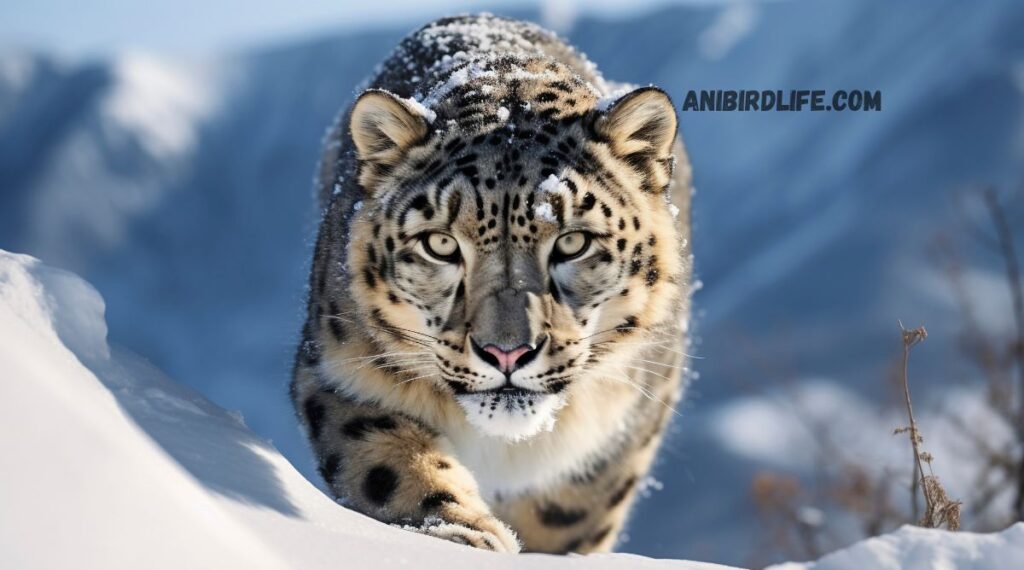
2. The Mountain Goat: Master of Steep Slopes
Mountain goats are true mountaineers, thriving in some of the most precipitous environments in North America. Their sharp hooves and strong muscles allow them to climb near-vertical cliffs with incredible agility. These hardy animals are well-suited to high altitudes, with thick coats to protect them from freezing temperatures and a diet of grasses, mosses, and lichens that grow in rocky terrain.
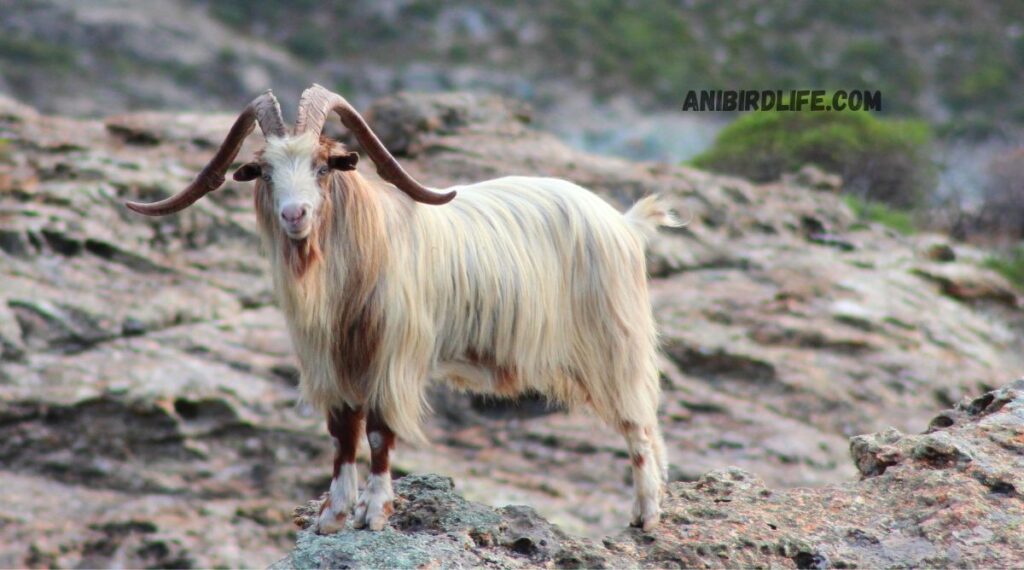
3. The Himalayan Tahr: A High-Altitude Grazer
Native to the Himalayas, the Himalayan tahr is a rugged ungulate that roams the steep slopes and alpine meadows. With its shaggy coat and sturdy build, the tahr is built to withstand the cold and windy conditions of its high-altitude home. These animals are often seen grazing on tough vegetation, and their ability to navigate rocky terrain makes them a true symbol of mountain resilience.

4. The Andean Condor: King of the Skies
Soaring above the Andes Mountains, the Andean condor is one of the largest flying birds in the world. With a wingspan of up to 10 feet, this majestic scavenger is perfectly adapted to high-altitude life. The condor’s ability to glide on thermal air currents allows it to cover vast distances in search of food, making it a vital part of the mountain ecosystem.
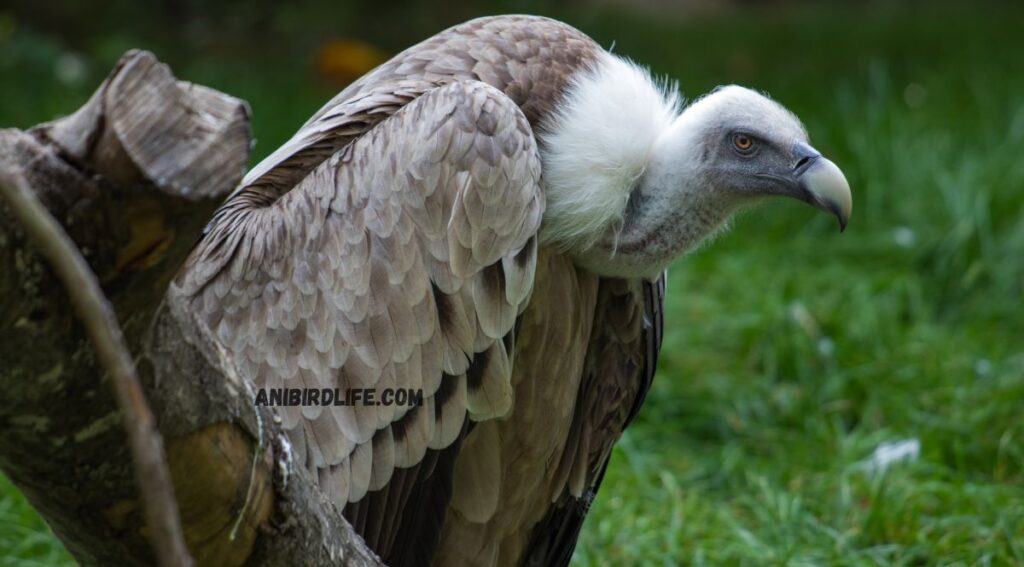
5. The Pika: Tiny Guardian of the Alpine
The pika, a small mammal related to rabbits, is a common sight in alpine regions across the globe. These tiny creatures are known for their distinctive calls and their ability to survive in cold, rocky environments. Pikas spend their summers gathering vegetation to create “haypiles,” which they rely on for food during the long, harsh winters. Despite their small size, pikas play a crucial role in maintaining the health of mountain ecosystems.
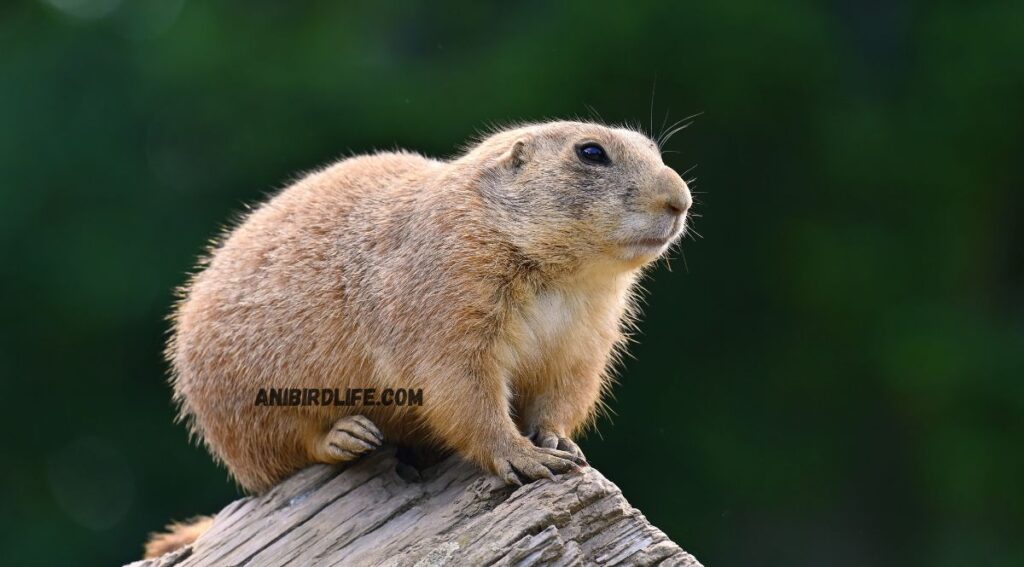
6. The Yak: Beast of Burden in the Himalayas
Yaks are synonymous with the high-altitude regions of the Himalayas and the Tibetan Plateau. These sturdy animals are well-adapted to life in thin air and freezing temperatures, with thick fur and large lungs to help them thrive. Yaks have been domesticated for centuries, serving as pack animals and providing milk, meat, and wool for local communities. Wild yaks, however, are a rare and endangered species, facing threats from habitat loss and hunting.

7. The Golden Eagle: Apex Predator of the Peaks
The golden eagle is a formidable predator that rules the skies above mountain ranges worldwide. With its keen eyesight and powerful talons, this bird of prey hunts small mammals, birds, and even larger prey like mountain goats. Golden eagles are highly adaptable and can be found in a variety of high-altitude habitats, from the Rockies to the Alps.

8. The Alpine Ibex: Cliff-Dwelling Climber
The alpine ibex, native to the European Alps, is a master climber known for its ability to scale near-vertical rock faces. These agile ungulates have specialized hooves that provide excellent grip on rocky surfaces, allowing them to escape predators and access food in hard-to-reach places. The ibex’s impressive horns are not only a symbol of strength but also play a role in mating displays and territorial battles.
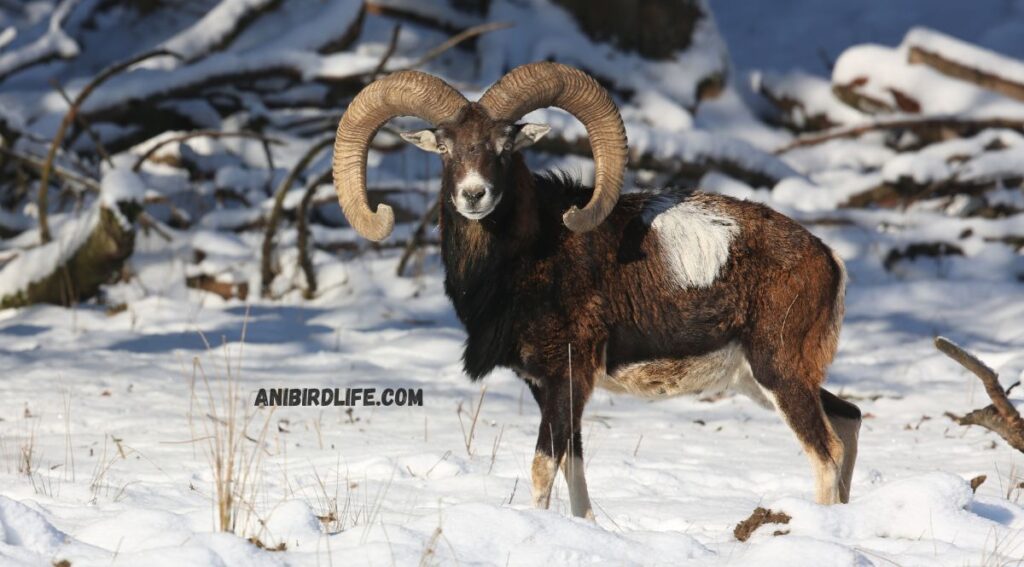
9. The Marmot: Social Sentry of the Mountains
Marmots are large ground squirrels that inhabit alpine and subalpine regions across the Northern Hemisphere. These social animals live in colonies and are known for their loud whistles, which serve as alarm calls to warn others of predators. Marmots hibernate during the winter, relying on fat reserves to survive the cold months when food is scarce.
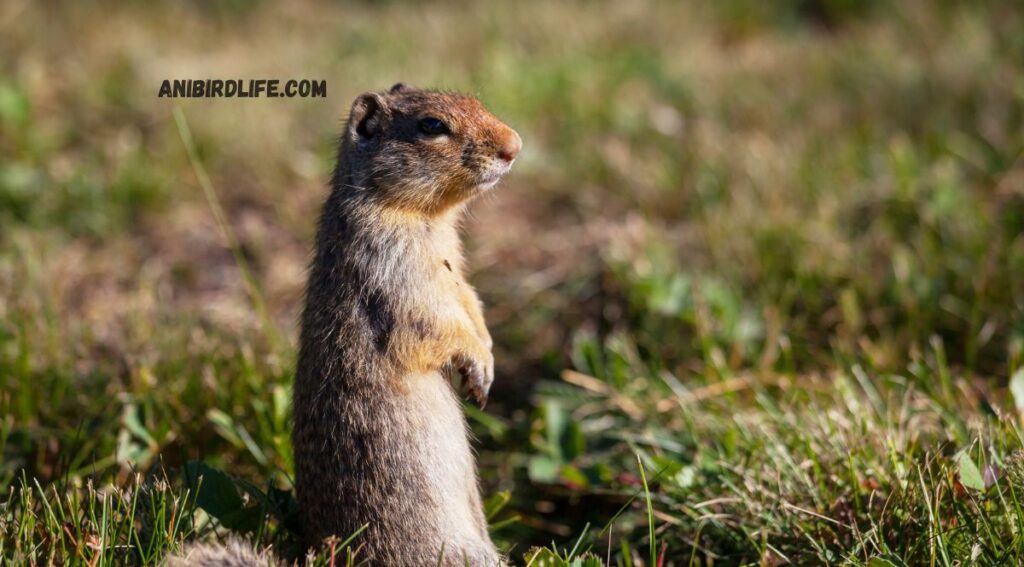
10. The Bighorn Sheep: Icon of the American West
The bighorn sheep is a symbol of the rugged American West, thriving in the Rocky Mountains and other high-altitude regions. Known for their massive, curved horns, these animals are expert climbers and can navigate steep, rocky terrain with ease. Bighorn sheep are highly social and live in herds, which helps protect them from predators like wolves and mountain lions.
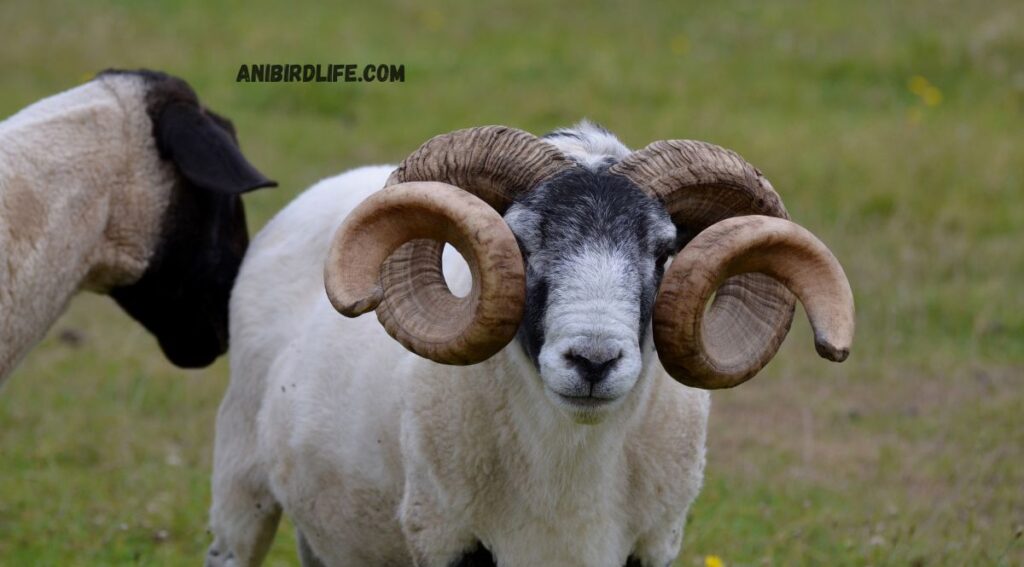
How Mountain Wildlife Adapts to High Altitudes
Life at high altitudes presents numerous challenges, including low oxygen levels, extreme temperatures, and limited food resources. Mountain animals have evolved remarkable adaptations to overcome these obstacles:
- Thick Fur and Feathers: Insulation against freezing temperatures.
- Efficient Lungs and Hemoglobin: To extract oxygen from thin air.
- Specialized Hooves and Claws: For climbing and navigating rocky terrain.
- Hibernation and Migration: Strategies to survive harsh winters.
Conservation Challenges for Mountain Wildlife
Many high-altitude species are facing threats from climate change, habitat destruction, and human activity. Melting glaciers, deforestation, and infrastructure development are putting pressure on these fragile ecosystems. Conservation efforts, such as protected areas and wildlife corridors, are essential to ensure the survival of these incredible animals.
Conclusion
The wildlife of the mountains is a testament to the resilience and adaptability of nature. From the elusive snow leopard to the soaring Andean condor, these amazing animals have found ways to thrive in some of the planet’s most challenging environments. By learning about and protecting these species, we can help preserve the beauty and biodiversity of our planet’s high-altitude regions for generations to come.
FAQS
1. What is the highest-altitude animal?
The Himalayan jumping spider has been found at elevations over 22,000 feet.
2. Do mountain animals hibernate?
Some, like the alpine marmot, hibernate to survive harsh winters.
3. Why are snow leopards endangered?
Their survival is at risk due to habitat destruction, illegal hunting, and the impacts of climate change.
4. What do mountain goats eat?
They primarily graze on grasses, shrubs, and lichens.
5. How do birds survive in the thin air of mountains?
Birds like the Andean condor have large lungs and efficient oxygen use.
